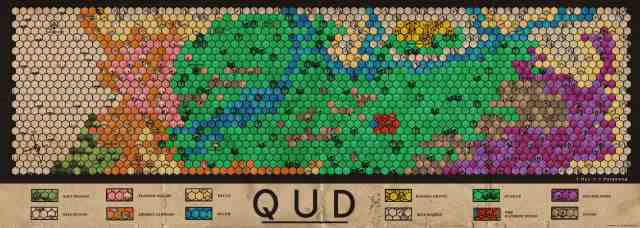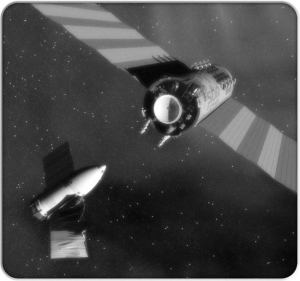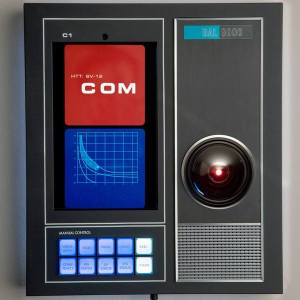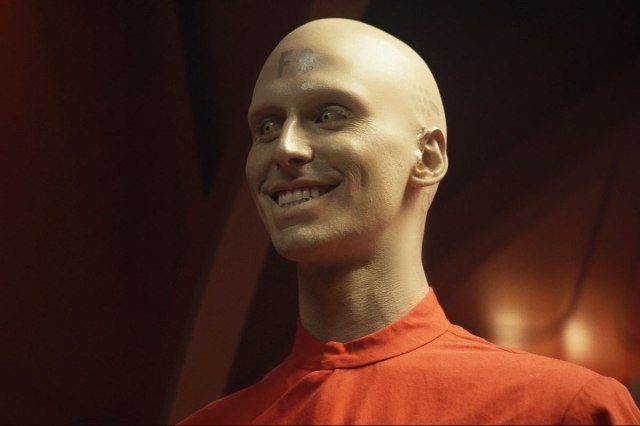My blog was mentioned in Issue #11 of The Glatisant, and I’m suddenly seeing more traffic. Here’s some additional material for Knaves of Qud.
As the Knaves of Qud campaign progressed, I added additional options and game material. Here is the Google Doc featuring this “unlocked” game content:
- Knaves of Qud Unlockables. (Google Docs)
 Early in the campaign, the players water-bonded with Elder Irudad and earned favour with the village of Joppa. They started hiring locals as porters, so I statted them up. In my game, the typical inhabitant of Joppa is a green-skinned mutant watervine farmer with the amphibious mutant perk and thirsty mutant flaw, and I made a Joppa Watervine Farmer starting template to reflect this.
Early in the campaign, the players water-bonded with Elder Irudad and earned favour with the village of Joppa. They started hiring locals as porters, so I statted them up. In my game, the typical inhabitant of Joppa is a green-skinned mutant watervine farmer with the amphibious mutant perk and thirsty mutant flaw, and I made a Joppa Watervine Farmer starting template to reflect this.
 The PCs also rescued a group of Snapjaws who had become unwilling plant-symbionts. In return, the Snapjaw Blademistress Ohouluofo joined the group as a hench. I created a Newbeast genotype and a Snapjaw Alpha template. And once the group made contact with the Barathrumites of Grit Gate, I also made a Urshiib Barathrumite template.
The PCs also rescued a group of Snapjaws who had become unwilling plant-symbionts. In return, the Snapjaw Blademistress Ohouluofo joined the group as a hench. I created a Newbeast genotype and a Snapjaw Alpha template. And once the group made contact with the Barathrumites of Grit Gate, I also made a Urshiib Barathrumite template.






